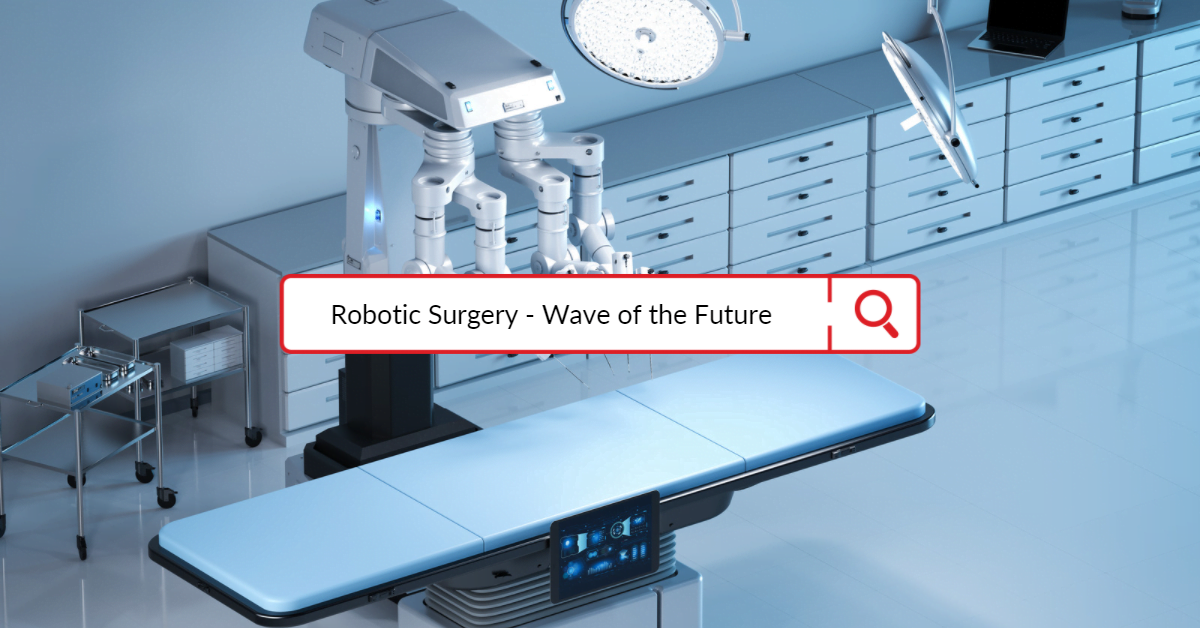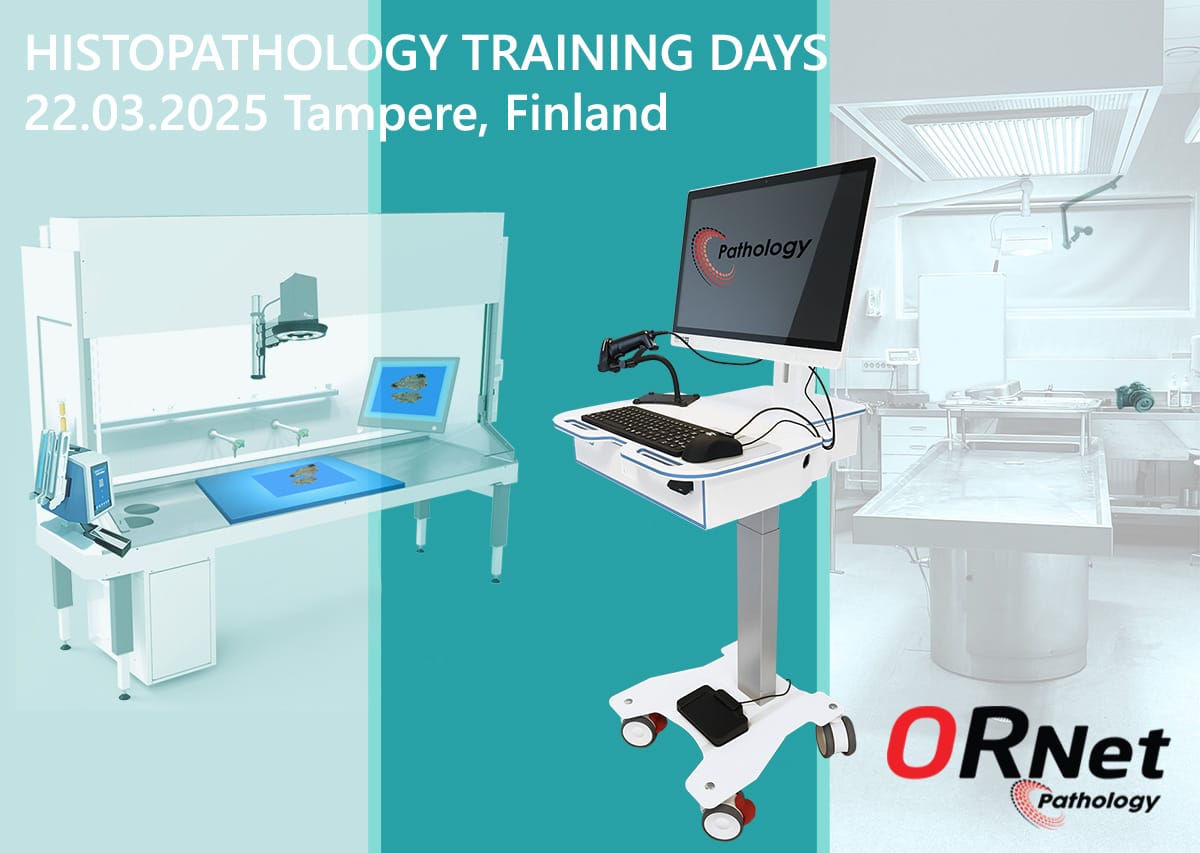Robotic surgery, an idea that sounds exciting yet scary at the same time. Commonly known as robot-assisted surgery, robotic surgery is a type of minimally invasive surgery in which a surgeon controls robotic instruments to perform surgery. The use of robots allows surgeons to operate with more precision and flexibility than they would be able to with traditional laparoscopic instruments. Moreover, they don’t have to be in the same place and can be done remotely.
Why Robotic Surgery is wave of the future?
Robotic surgery has been adopted widely across Europe and USA to treat a wide range of conditions. Moreover, it is being called “the wave of the future” because it is changing the surgical landscape as we know it. In comparison to traditional methods, not only are there clear benefits to surgeons, who are able to operate with enhanced dexterity and precision, but patients also reap the rewards of robotic surgery with decreased blood loss, faster recoveries, minimum hospitalization time, and fewer complications.
Robotic surgery offers a number of benefits over traditional surgery for both patients and surgeons. Let’s take a look at them.
Benefits of Robotic Surgery for Patients
1. Reduced surgical risk
Robotic surgery carries a lower risk of complications than traditional surgery. There’s minimal scarring, minimal blood loss, and a lower risk of infection than open surgery. Moreover, the damage is limited because of the high accuracy of robots. The surgeons can specifically target the areas that require treatment and avoid any extra tissue damage.
2. Reduced surgical time
Another benefit of robotic surgery is its reduced surgical time. Robotic surgery can be done through a minimum incision and with greater accuracy. Hence the time it takes is less compared to conventional surgical methods.
That also means patients don’t have to spend hours in the operating rooms.
3. Reduced surgical trauma
Robotic surgery causes less damage to the surrounding tissue than traditional surgery. Moreover, due to minimum invasive surgery, the surgery scars are smaller and not as noticeable as conventional surgery scars. Therefore, the chances of post-surgery trauma are lower.
4. Reduced hospital stays
Another noticeable benefit of robotic surgery is reduced hospital stay. That is because the smaller incision takes less time to heal, and the patients can get back to their normal life and start performing routine activities within a short time frame.
In comparison, after conventional open surgery, it can take weeks and even months for patients to start performing their routine tasks without any assistance.
Benefits of Robotic Surgery for Surgeons
While robotic surgery offers several benefits for patients, it also has a lot to offer for surgeons.

1. Greater Precision with Robotic Arms
The very first advantage of robotic surgery for doctors is greater precision with robotic arms. The surgeons can specifically target the necessary areas during surgery and avoid harming any additional tissue damage in patients.
That, as a result, improves their overall performance and allows them to save time and save more lives.
2. Enhanced Dexterity
Along with greater precision, another important advantage of robotic surgery is enhanced dexterity and freedom of movement for surgeons. In contrast, if we consider human hand & wrist motion, there are certain limitations that can affect the surgical procedure. Robotic arms have more flexibility of movements and can perform different surgical tasks in a better way.
Moreover, the risk of hand tremor among surgeons is also something which can be avoided during critical surgical procedures by relying on robots.
3. Better Visualization
While performing surgeries, the surgical staff relies on cameras to have better visuals. Similarly, for robotic surgeries, the robot arms are equipped with high-quality cameras that can show all the areas with better details. As a result, surgeons can have a clear view of everything and avoid making even minor mistakes during the surgery.
4. Documentation of Procedure & Workflow
Procedural and workflow documentation is an important part of surgeries these days, whether robotic or not. However, in the case of robotic surgeries, a suitable medical devices management system such as ORNet surgery can easily document the whole procedure and store the information for later use.
The audio-video feed can be watched later for post-surgery analysis, for learning, and/or for improvement purposes.
Risks associated with robotic incision
Where robotic surgery comes with so many advantages, it certainly has its risks as well. Though they are similar to the risks related to conventional surgery, ignoring them is certainly not a good approach.
One of the most common risks is that the patient can be injured by the robot. This can happen if there is a malfunction or if something goes wrong during surgery.
Another risk is that the patient can develop an infection after surgery. This can be due to the fact that the robot might not be as clean as human hands, and it can be difficult to disinfect it properly.
Finally, there is also a risk that the patient may experience pain or discomfort after surgery. This is because robotic surgery is a relatively new technology and will take time to reach that level of absolute comfort or a painless experience.
Conclusion
Robotic surgery is the wave of the future because it allows surgeons to operate with unprecedented accuracy and precision. This type of surgery is minimally invasive, which means that patients experience significantly less pain and recover faster than they would with traditional surgery. If we consider the current situation, the implications are limited and many aspects are still being tested.



